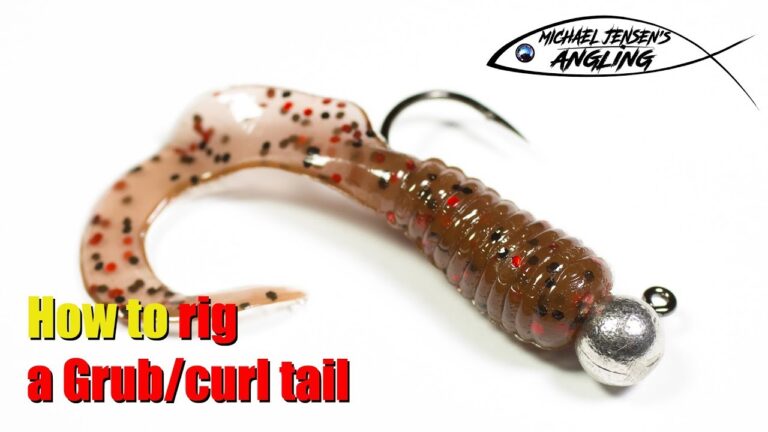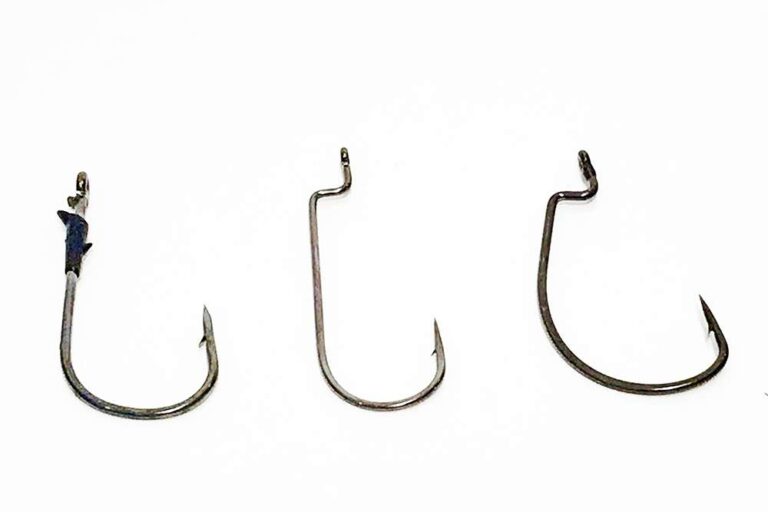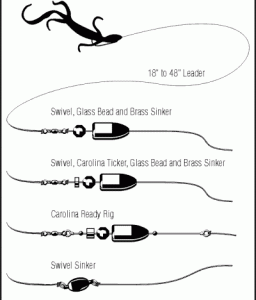What Size Bullet Weight for Texas Rig?
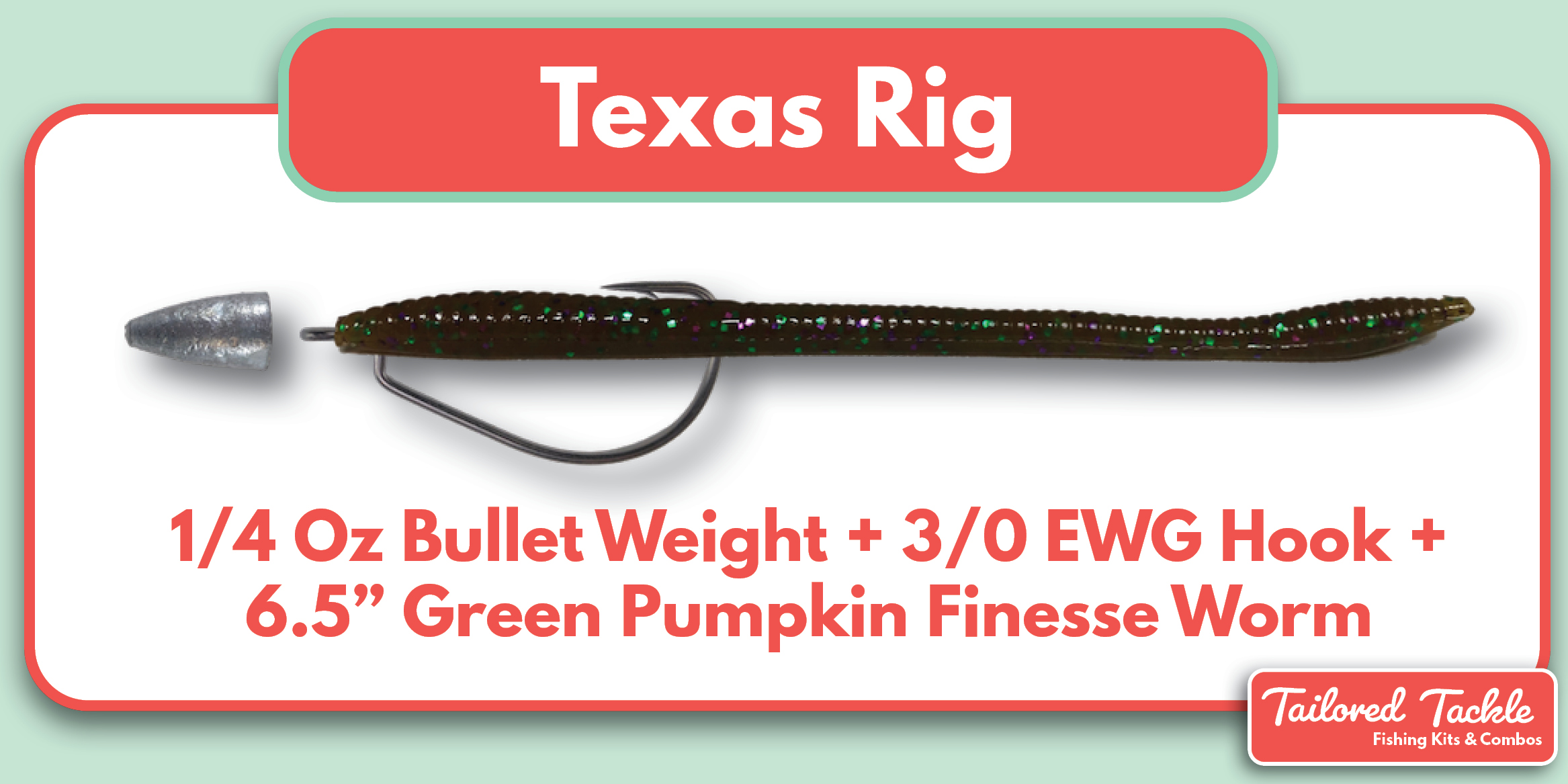
The recommended bullet weight for a Texas rig varies based on factors such as water depth, cover, and the size of the bait being used. However, a common range is between 1/8 and 3/4 ounces.
When using a Texas rig, it is essential to select the right size bullet weight to achieve enhanced casting distance, improved bottom contact, and deeper diving. The appropriate weight ensures the bait reaches the desired depth and maintains contact with the bottom, increasing the chances of enticing a strike.
A heavier weight can help in casting further distances, especially in windy conditions, while a lighter weight allows for a slower, subtler presentation. Understanding the conditions and the behavior of the fish will guide the selection of the ideal bullet weight for a Texas rig.
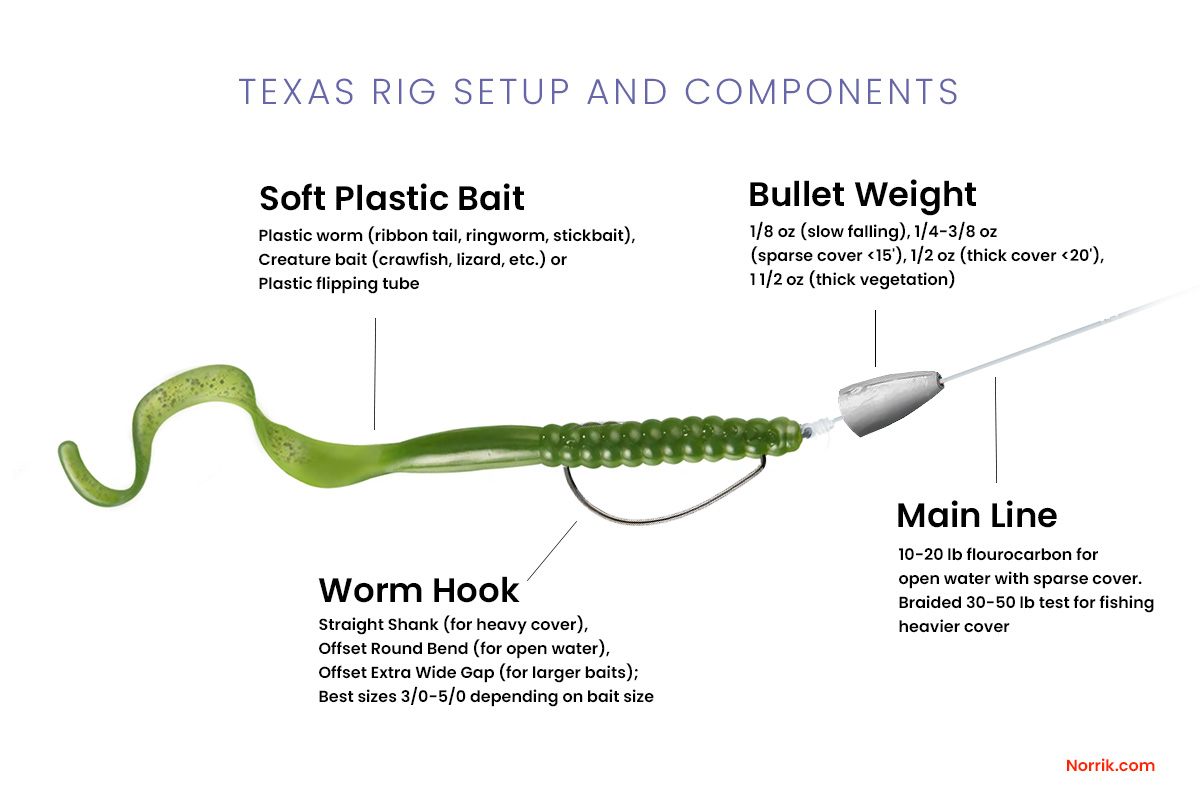
Credit: norrik.com
Factors To Consider
When choosing the size of bullet weight for a Texas rig, factors to consider include the depth of fish, rate of fall, and the type of cover you’ll be fishing. Experiment with different weight sizes to find what works best for your bass fishing success.
Factors to Consider when determining the proper bullet weight for a Texas Rig are water depth, bottom type, and fishing conditions.
In terms of water depth, shallower waters generally require lighter weights, while deeper waters call for heavier weights. The weight should be chosen to ensure the lure reaches the desired depth and stays in contact with the bottom.
The type of bottom also plays a role, with rocky or dense bottoms typically requiring heavier weights to prevent snagging, while softer or muddy bottoms may allow for the use of lighter weights.
Fishing conditions such as wind and current should also be taken into account. Strong currents or windy conditions may necessitate the use of heavier weights to maintain control and keep the lure in place.
Ultimately, the choice of bullet weight for a Texas Rig will depend on a variety of factors. Experimentation and adaptation to the specific fishing conditions are key to finding the optimal bullet weight.
Recommended Bullet Weights For Different Situations
Shallow-Water Texas Rig:
When fishing in shallow water, it is recommended to use lighter bullet weights. This allows the bait to fall slowly and naturally, enticing bass that are cruising in the shallows. A weight between 1/16 to 1/4 ounce is suitable for shallow-water Texas rig fishing.
Deep-Water Texas Rig:
In deep-water scenarios, a heavier bullet weight is necessary to reach the desired depth. Opt for weights ranging from 3/8 to 1 ounce, depending on the water depth and current. The added weight will help you maintain better contact with the bottom and detect subtle bites.
Heavy Vegetation Situations:
When fishing in areas with heavy vegetation, it is crucial to use bullet weights with pegged or Texas-rigged soft plastics. This combination will prevent your setup from getting tangled in the vegetation. Use weights between 1/4 to 3/4 ounce to penetrate the vegetation and attract bass hiding in the cover.

Credit: krakenbass.com
Choosing The Right Weight Size
Choosing the right weight size for a Texas rig is crucial for matching the bait size, adjusting for wind and current, and fine-tuning through experimentation. The weight size should match the bait size to ensure proper presentation and action.
Additionally, adjusting for wind and current requires the right weight size to maintain control and keep the bait in the strike zone. Experimenting and fine-tuning with different weight sizes can help determine the most effective setup for various conditions, depths, and fishing scenarios.
Ultimately, the right weight size for a Texas rig depends on the specific fishing situation and the desired presentation, requiring anglers to consider factors such as bait type, depth, and environmental conditions.
Different Types Of Bullet Weights
Lead Weights: Lead weights are commonly used for Texas rigs. They are affordable and provide a good rate of fall, allowing the bait to reach the desired depth quickly. However, lead weights are not environmentally friendly and can be harmful to aquatic life.
Tungsten Weights: Tungsten weights are a popular alternative to lead. They are more expensive but offer several advantages. Tungsten is denser than lead, resulting in a smaller size and more sensitivity. Additionally, tungsten is non-toxic and eco-friendly.
Eco-Friendly Alternatives: There are several eco-friendly alternatives available in the market. These include brass, steel, and bismuth weights. These materials provide similar performance to lead and tungsten but have a smaller ecological impact.
Frequently Asked Questions
What Is The Best Size Bullet Weight For A Texas Rig?
The best size bullet weight for a Texas rig is between 1/4 to 1 ounce, depending on water depth and cover.
What Kind Of Sinker For Texas Rig?
The best sinker for a Texas rig is a bullet-shaped slip sinker.
What Size Hook Is Best For Texas Rig?
For Texas rig, the best size hook varies depending on the size of the bait being used. Generally, a 3/0 to 5/0 hook works well for most fishing situations.
What Weight Line For Texas Rig?
The recommended weight for a Texas rig is 1/16 to 1 1/2 ounces, depending on the depth and cover.
Conclusion
In choosing the right bullet weight for your Texas rig, consider the water depth, wind conditions, and vegetation. Balance the weight and size for efficient lure movement and depth control. Experimenting with different weights will help you determine the ideal size for your specific fishing circumstances.
Happy fishing!

